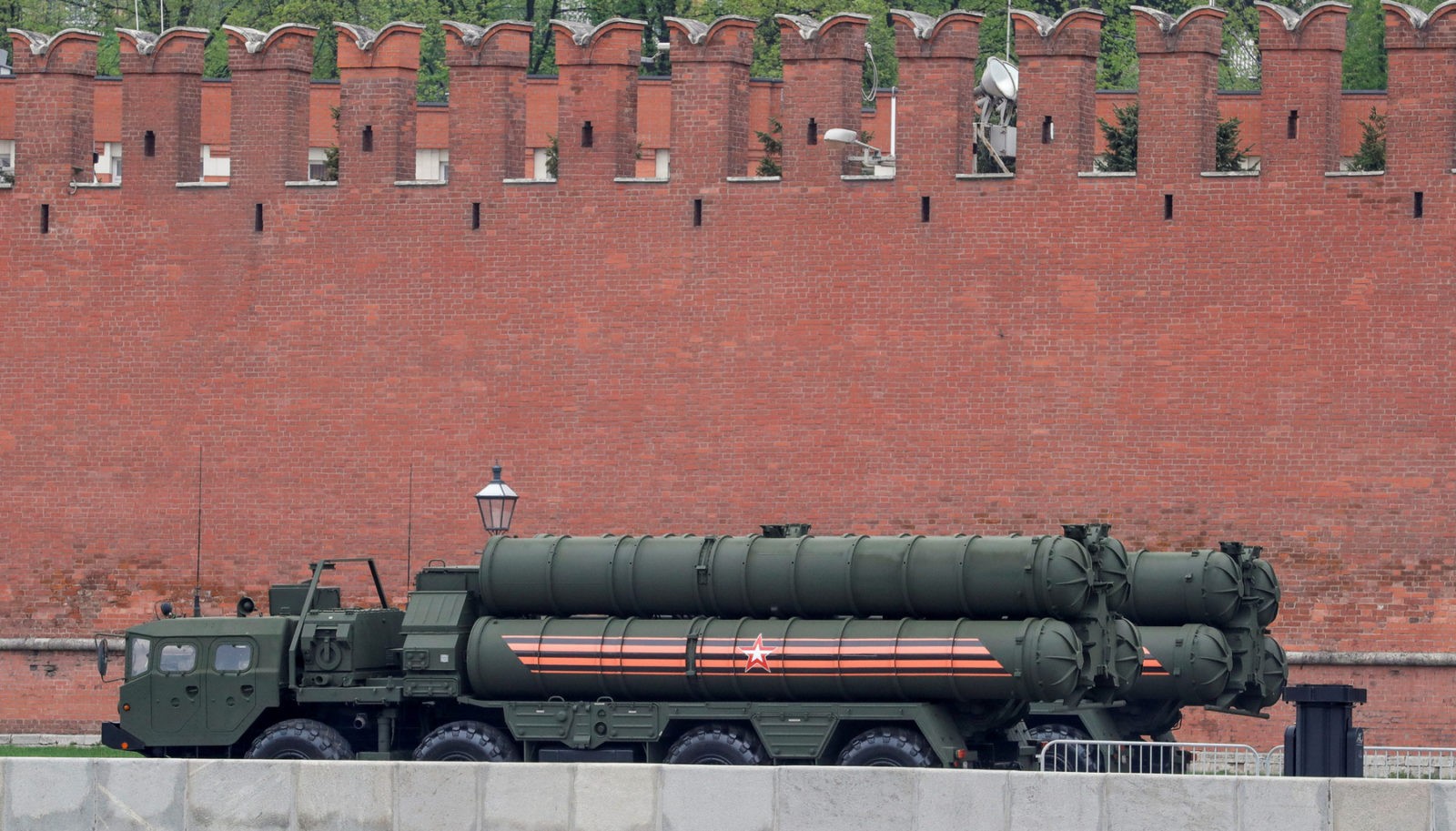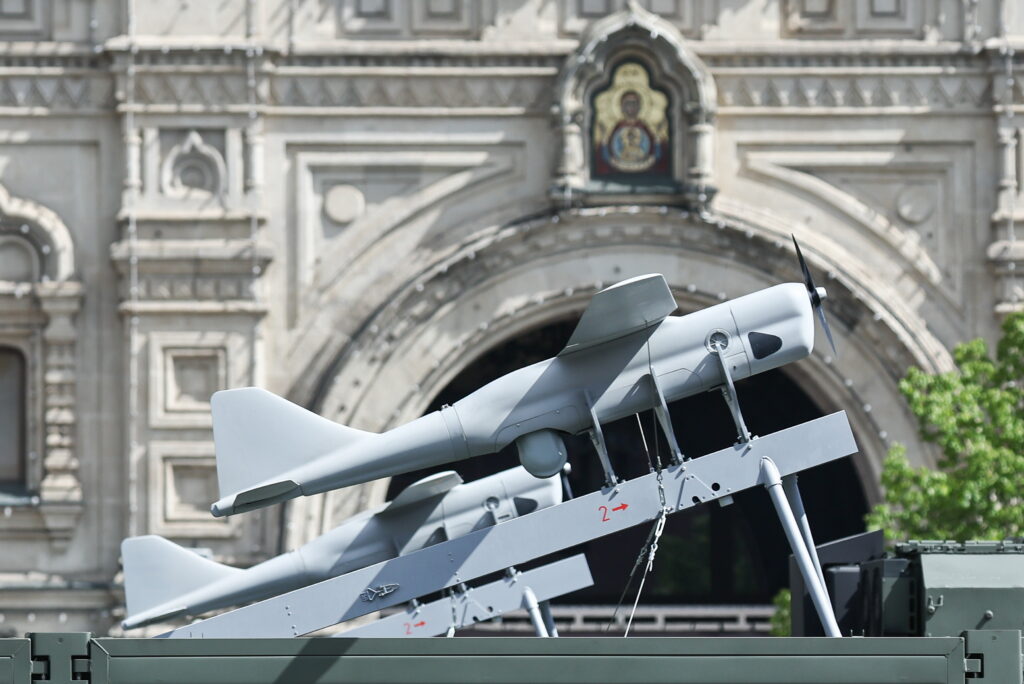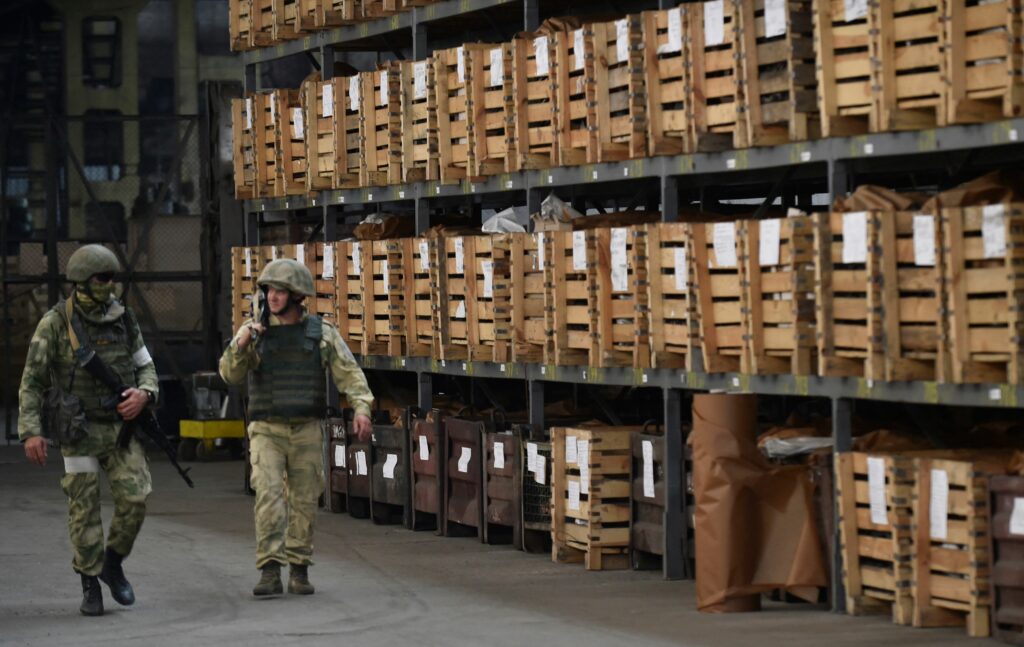Deliveries of the S-400 long range anti-air and anti-missile defence system to Turkey have officially begun. The deal, concluded in 2017, has already seriously damaged relations between Turkey and the USA and threatens to damage them even further. And that is clearly in the interests of the current Russian authorities.
Russia has been exporting long range anti-air and anti-missile systems worldwide for several decades, starting from the 1990s. Thus China ended up as the main buyer of the S-300, the most advanced system available at the time; the country now has at least 160 launchers in service alongside radars and other components of these sophisticated defence systems. Other countries, such as Croatia and Greece, also bought the S-300, something that could be done at the time without loud declarations and serious political scandals.
It is obvious that any large scale arms trade is closely tied to a government’s foreign policy plans. In fact, as sales of the S-400 to China in 2014, Turkey in 2017, and India in 2018 showed, the Russian government’s political interests sometimes even trump commercial considerations. This begs the question as to why the export of air and missile defence systems has become such an important part of Russian foreign policy in recent years.
There are three main goals which the Russian authorities hope to achieve by marketing the S-400, which are outlined below.
Balancing Foreign Policy
Due to the annexation of Crimea and war in eastern Ukraine in 2014, Moscow has fallen out with the USA and European Union. Given these circumstances, the Russian authorities needed to position the country as a self-sufficient alternative to the western world, and one ready to build long term partnerships. This was not solely a question projecting a better image, also of establishing Russia as an alternative centre of power; an attractive proposition for a wide range of foreign rulers and political groups with a no less wide range of motivations.
In short, Moscow needed a counterweight to the pressure which the USA and Europe began to exert on Russia; it needed to offset the negative economic and political consequences which had resulted from its aggression against Ukraine. However, Russia had another problem: it had very few opportunities to find this new balance for its foreign policy. Faced with a lack of alternatives, the Kremlin naturally turned towards arms export, which came to play a dramatically increased role in this foreign policy balancing. Not least, the willingness and ability to sell the most advanced defence systems also proved a good way to rebuild confidence about Russia’s place in the world.
China became the first buyer of the S-400. In 2014, Beijing signed a deal for 32 launchers (amounting to two regiments and four divisions) and all accompanying radar equipment, command posts, and mobile charging units. The deal came to between $2 and $3 billion. Four years later, in the summer of 2018, the first regiment of S-400s was received by Beijing. Two facts attest to the predominantly political nature of this deal. Firstly, Russia officially confirmed the existence of the contract in 2015, which is very unusual for such contractions and suggests that the transaction was most likely prepared in a hurry and some details were agreed upon later. Secondly, the new 40N6E missiles used by the system, which Russia had itself adopted in 2007, only turned out to be ready for use by the autumn of 2018 (11 years later than the deadline.) At the same time, the main differences between the S-300 and S-400 systems are solely the new missiles used and a new radar system, which increases the maximum target range from 150-200 kilometres to 400 kilometres.
That is to say, China bought a defence system from Russia which could only use missiles from the older S-300 variant. When in early 2018 a storm damaged the entire delivery of such missiles during the transport of the S-400 system, Beijing chose to keep the matter under wraps. In fact, Russian officials only learnt about the incident a year later, and the delivery of the missiles was only completed in April 2019. In other words, without much real need for new defence systems, China provided Russia with a very important service by signing the deal: the Chinese authorities played up Moscow’s role on the world stage at a time when Russia’s rulers sorely needed the publicity. This act secured a special place for Beijing in the Kremlin’s future planning.
Saving Military-Technological Ties
Exporting the S-400 also plays an important role for Russia in maintaining old ties with foreign powers developed over decades. The most important case here is India, which remained the leading purchaser of Russian produced weaponry for many years. For example, from 2012 to 2016, India accounted for almost 37.5% of all Russian arms exports, which peaked in 2012-13.
However, by the end of 2018 this share had fallen to 27%. While Russia is attempting to diversify its arms sales, there is only one India in the world; meanwhile Russia’s arms trade with China peaked in the first half of the 2000s. Despite the fact that Moscow still ranks as the world’s second largest arms exporter after the USA, its total arms trade over the past three years has stabilised at $15 billion in contemporary prices (going by constant prices, revenue from the arms trade has dropped to 2011 levels.) Essentially, the Kremlin perceives the role of a leading arms exporter as an important political status; accordingly, stagnation and losses in this sphere are regarded as a political problem.
In this sense, it is very important for Moscow to ensure that India remains the leading importer of Russian arms and to stop, however it can, any decline in the proportion of Russian arms sales which India represents. Furthermore, given the dead end in military-industrial cooperation between Russia and India, Moscow needed to secure a large deal in order to keep India close.
Moscow found exactly that. An agreement with India was reached in 2018 which allows for the delivery of ten divisions of S-400s (five regiments and 80 launchers) for a sum of approximately $5.5 billion. Furthermore, Russia concluded the deal in rubles; this meant a significant price reduction for India given that the ruble is a highly unstable currency and that the deal lasts until 2024-2025. Moreover, it cannot be ruled out that in practice, such a deal will result in trade bartering between Russia and India as happened several times concerning arms contracts between New Delhi and the Soviet Union.
To a large degree, the S-400 deal with India has seen Moscow make significant economic concessions for the sake of retaining a key customer and preserving its own role as a leader in international arms sales. It is just as obvious that these efforts also play a role in the first goal mentioned, i.e. balancing Russia’s foreign policy. Therefore, Russia will be ready to make further concessions in future, especially if the USA’s sanctions regime proves to have consequences for Russia in the long term.
Turning the Tables
The third political goal is to cause problems for the West in the international arena. The Kremlin is prepared to export its long range anti-air and anti-missile systems at any price in order to achieve this particular goal. Here there are two illustrative examples: the sale of S-400s to Turkey and the constant games around the possible sale of these defence systems to Iran.
The contract with Turkey for two regiments of S-400s for $2.5 billion rubles was concluded in 2017 against a backdrop of warm Russian-Turkish relations and rising mistrust between Ankara and Washington. To this day, the deal raises any number of questions. For example, for the past two years Russian and Turkish leaders and government officials have issued contradictory statements about the exact size of the deliveries, although at the very start the Russian side completely dismissed any such exports of military technology. Furthermore, the method of financing the deal remains unclear: while Russia is extending credit for 55%, which would cover at least the delivery of the first regiment, the interest and duration of the loan remain unclear. It is also unclear whether Ankara has the ability to cover the entire deal with Russian credit.
Nevertheless, what can be said with a great degree of confidence is that Russia provided Turkey with the most favourable conditions possible, counting on a protracted crisis in Turkish-American relations if not the very exit of the country from NATO. Moscow is perhaps willing to make whatever concessions needed to see that happen; although even that state of affairs would not give Russia any substantial advantages in the long term.
To a large extent, the Kremlin will be satisfied whatever ends up happening to the S-400s in Turkey or its overseas bases. They could be deployed separately from the rest of the Turkish armed forces. A large number of them may not ever be put into service. The only thing which would represent a real political blow to the Russian authorities would be Turkish President Recep Tayyip Erdogan’s complete rejection of the deal. All other eventualities will only serve to strengthen Moscow’s position in the eyes of those states which would like to expand their room for geopolitical manoeuvre or simply have strained relations with the West.
As far as deliveries of long distance anti-air and anti-rocket systems to Iran is concerned, the issue has long since become a mainstay of the Kremlin’s diplomatic “mood swings.” One day, when it needs to negotiate with Israel, the Russian government publicly refuses the Iranians’ requests to purchase the S-400. But at these very same negotiations, Moscow’s officials declare that there are no obstacles to a deal as long as an agreement with the Israelis has not yet been reached. It is obvious that, in contrast to its deal with Turkey, Moscow is not particularly worried about the prospects for selling the S-400s to Teheran; it would, so to speak, prefer to use the prospect of the deal in its negotiations with Israel (the object of which, it seems, being Syria.) In any case, Russia will not cease its attempts to build up the political price of its anti-air and anti-missile systems, despite the fact that their actual military potential is not that clear. In any case, their real value may be their role in diplomatic negotiations; after all, the Kremlin does not have many other instruments to bargain with.










